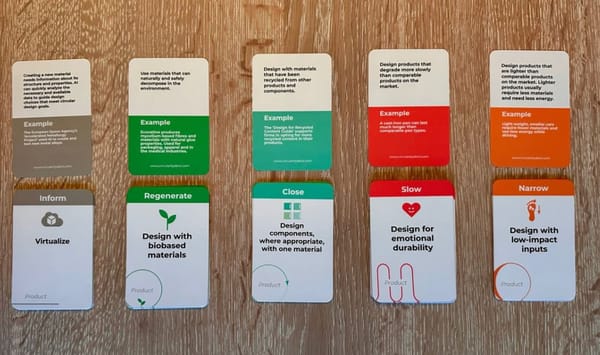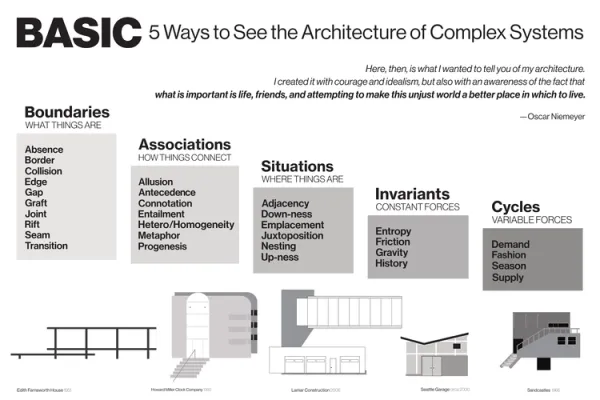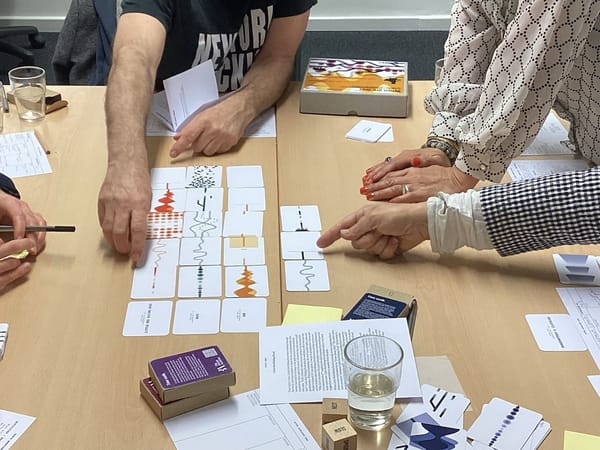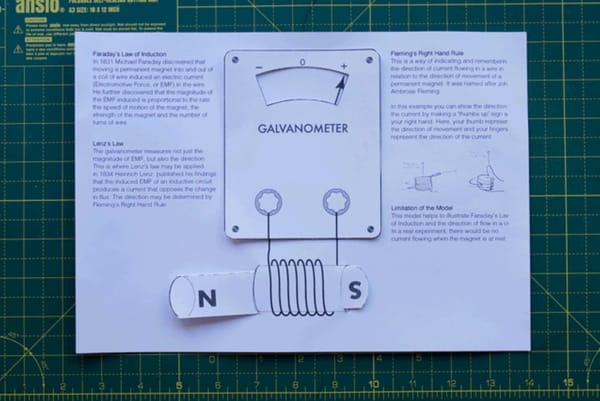№ 107 | Reimagining the Now, Surfacing Worldviews of Change, Characteristics of SenseMaking (Illustrated), The Authoritarian Stack, Wheels of Privilege / Power—Remixed!, Four Leadership Modes
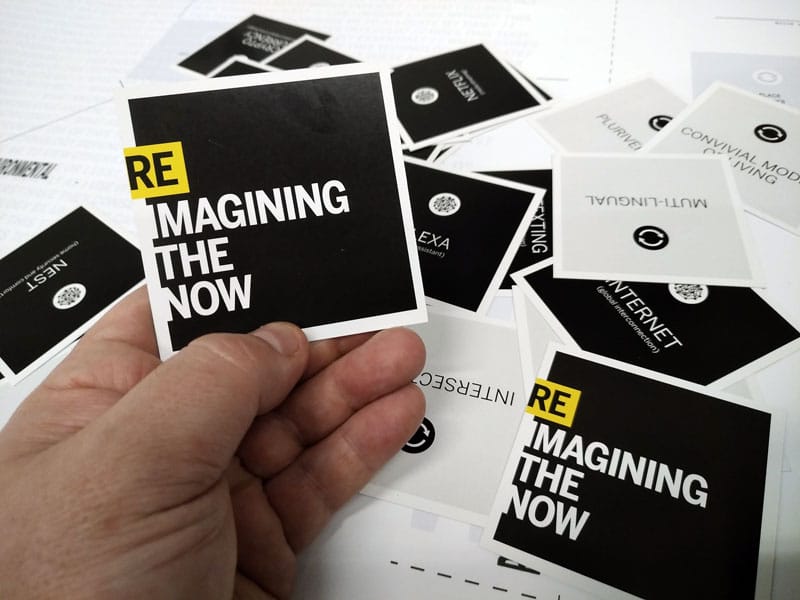
Back again, with even more playful things to think with, and think about. Last issue, I promised more card decks in this edition of Thinking Things. So, more card decks it is!
Reimaging the Now card deck
The Reimagining the Now card deck was created “to highlight how existing technological infrastructures can be re-imagined and re-designed around different sets of cultural values.” Essentially, we have two sets of cards. The Infrastructure cards include things like ‘Netflix (media streaming)’, “Airbnb (home rental)’, or ‘Email (communication)’. You deal one of these cards out and ask questions like:
What does this infrastructure afford, how has it changed the world around us? How has it changed us, our relationships to one another, our patterns of behaviour?
Following this discussion, you deal out two of the Cultural Values cards, which include things like ‘Equity’, ‘Embodied’, or ‘Communal’. The challenge here is to reimagine “a new digital infrastructure based on your new value set.”
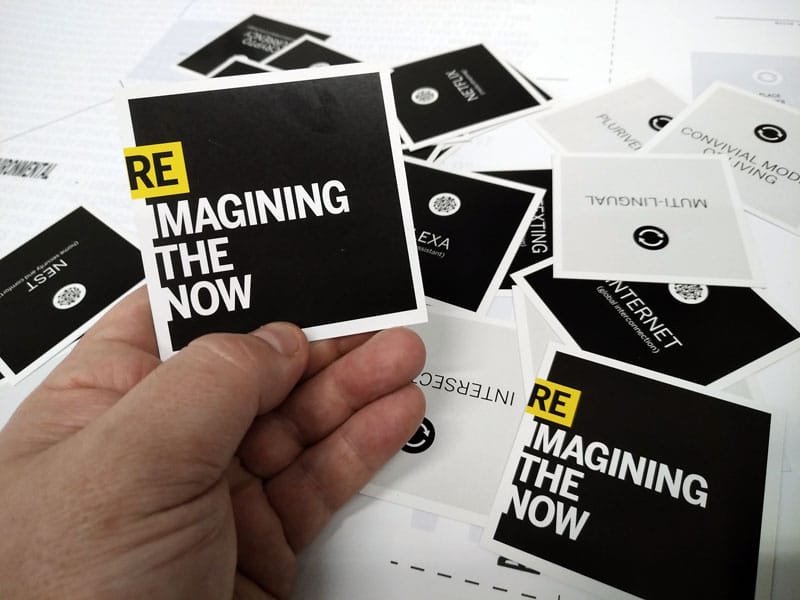
I like that this activity asks us to focus on the infrastructure represented by these archetypal companies (and not necessarily the identified companies). In that respect, this is a much needed exercise, and one that would benefit anyone, especially as we—increasingly—all need to reassess the tools we use, and how they shape our world.
Oh, and there’s a playmat, too!
Surfacing Worldviews of Change
This Surfacing Worldviews of Change toolkit addresses “the hidden friction that causes so many well-intentioned [change] efforts to stall.” Namely, in the rush to adopt tools and methods, we fail to pause and surface the worldviews that shape how we think about change.
Engaging with these worldviews isn't abstract navel-gazing; it is a strategic necessity. By making these hidden assumptions visible, we can avoid unintended bias, align our efforts more effectively, and move from unproductive debates about frameworks to a more profound and generative dialogue about creating lasting, meaningful transformation. This is an invitation to have that deeper conversation.
Honestly, this one is a bit of Thinking Things goldmine, filled with:
- a concept model identifying the layers of focus that contribute to change-making,
- a catalog of seven major worldviews of change,
- a more fundamental set of triads, each focused on a specific idea that shapes our worldview,
and, yes…
- a playable card deck that makes these abstract ideas tangible and action-oriented.
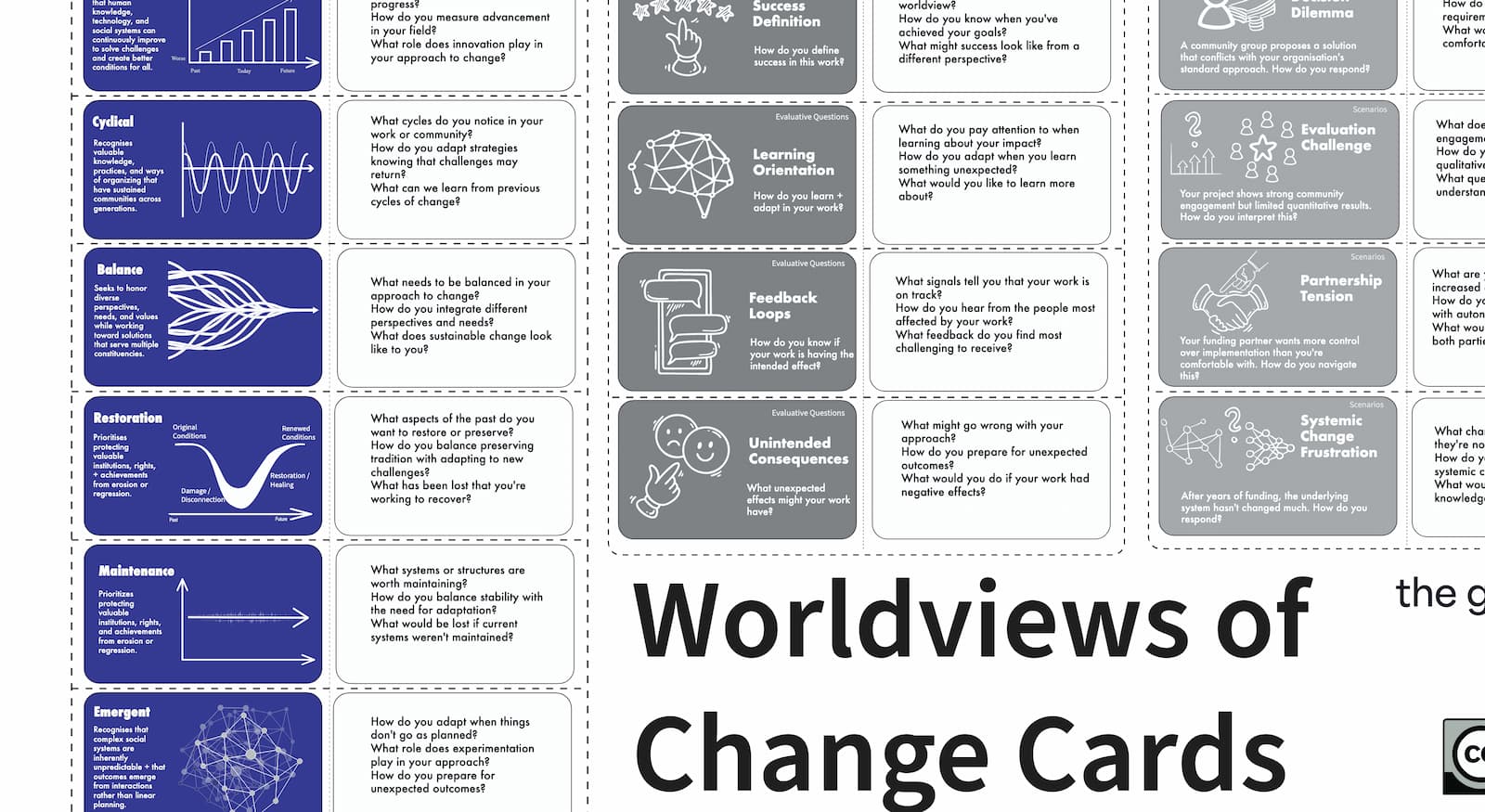
Shifting gears a bit…
Characteristics of SenseMaking
The eagle-eyed among you may have noticed a slight change in how I describe what I do. A few years ago, it was ‘collaboration design’, which later led to ‘visual collaboration’. But earlier this year, I landed on ‘Visual SenseMaking’, which I think is going to stick for some time. Visual SenseMaking captures both the how and what of what I do. And, Visual SenseMaking even holds space for seemingly niche interests like board games; as I recently remarked to a friend:
Think about just how much information is contained at the table, represented through color coding, icons, spatial arrangement… Those game pieces on the table—that is an information space, with knowledge in the environment.
Anyway, it appears that Bryan Mathers of Visual Thinkery is on a similar journey, awakening to the power of that word “SenseMaking.”
I was recently in a creative conversation with a client (visualising aspects of their organisation’s strategy) when they reflected openly that what we were doing together was Sensemaking. And that compound word presented me with a moment of clarity - a frame through which to understand my work. In all the conversation capture, distillation and playful remixing I’ve done for people, I’d never really considered what I do as Sensemaking.
And after doing a little research, I came across Karl E. Weich’s seven characteristics of Sensemaking. Weich coined the term (or certainly the compound word) and researched how people construct meaning in ambiguous, uncertain or complex situations. (The puzzle of constructing visual meaning in ambiguous/complex situations is exactly what butters my parsnips!)
Right on!
Check out Bryan’s post “Making sense of Sensemaking,” where he’s gone on to illustrate Karl E. Weich’s seven characteristics of Sensemaking.

Oh, and while you’re at it, check out this recent post where he’s attempted to make sense of a blog-a-thon (huh?) on one page.
Speaking of sensemaking…
The Authoritarian Stack
Here’s one of those single page, highly visual, interactive articles. This one explores “The Authoritarian Stack: How Tech Billionaires Are Building a Post-Democratic America — And Why Europe Is Next” 😬

The Wheel of Privilege / The Indian Wheel of Power and Powerlessness
I had to do a double take.
A few weeks ago, I saved this Wheel of Privilege visual. Mostly because—wow!—what a powerful mirror for becoming aware of your own privilege. Or at least for me—a straight, white, middle-class, English-speaking, able-bodied male— it had this effect.
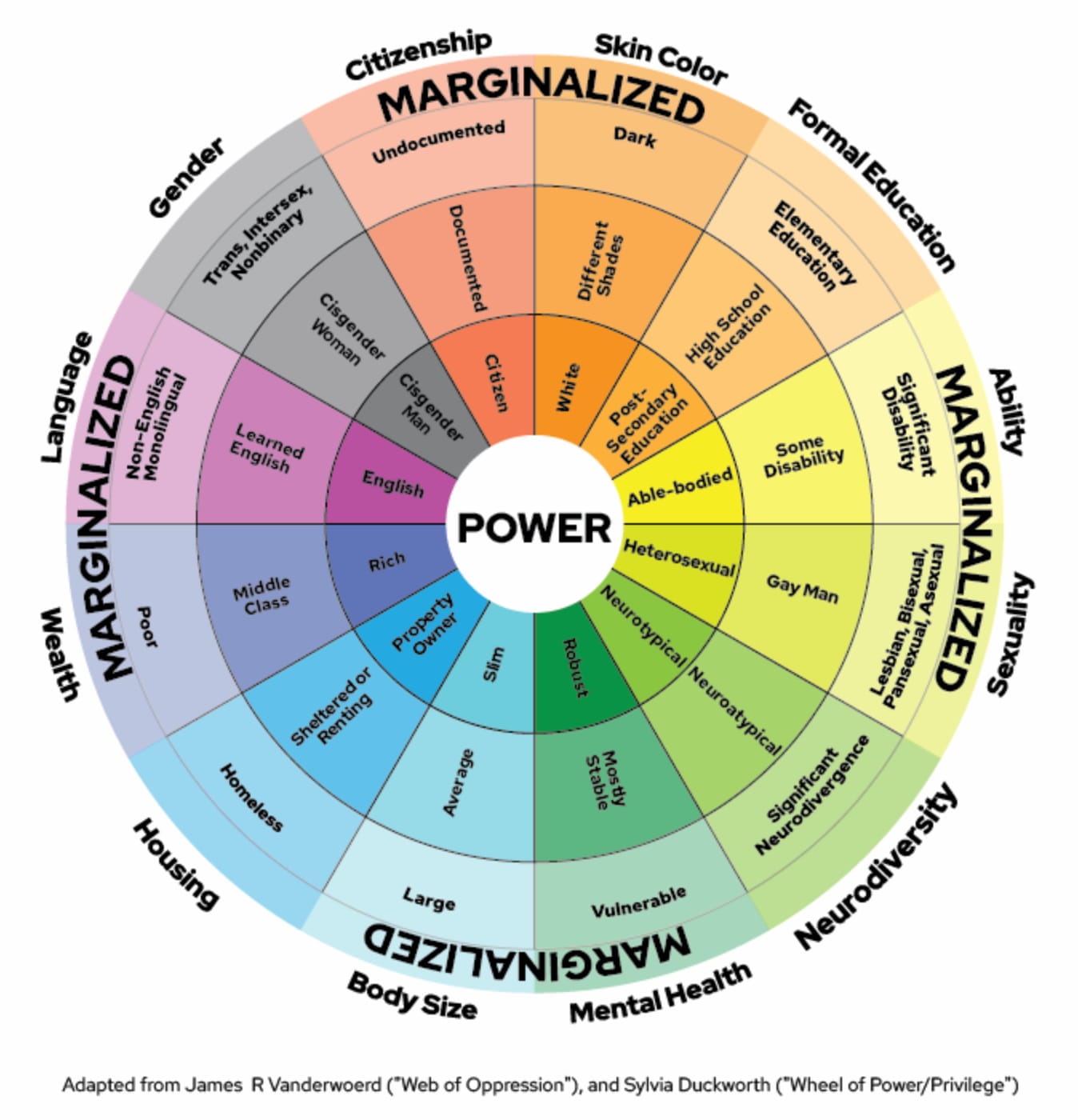
Then, just five days later, I saved this Indian Wheel of Power and Powerlessness, created to solve “the need for a comprehensive version, centered in the Indian sociocultural context and which captures the experiences of power and powerlessness of people living all over India.”

Both of these are based on Sylvia Duckworth’s Wheel of Power/Privilege, a tool used by mental health professionals, social workers, and educators to discuss how power and privilege come to exist in social structures and how we navigate these power structures in a relational manner. Useful tool(s) for reflection and dialogue.
Four Leadership Modes
I might have passed over this leadership 2x2 [LI], if it wasn’t for the source: Andrea Mignolo. Andrea (Andi) is a consistent fount of knowledge—brilliant ideas and deep reflections drawn from her experience coaching leaders and teams (see her eBook: How Great Leaders Coach).
Anyway, this model identifies four distinct modes that leaders need to understand and move between, depending on the situation:

Most of us were never taught to distinguish between these roles or to read situations systematically. So we respond with what feels familiar rather than choosing strategically.
Leadership fluency is the capacity to see clearly and choose consciously.
It’s simple, and a bit reminiscent of the Will-Skill Matrix for coaches, but the more I sat with this, the more nuance I saw in it.
***Bonus: Andrea will be hosting a free webinar this Thursday (Nov 20) to “introduce this framework and practice reading situations together.” You can register here.
Random Interesting Things:
- “Why Solarpunk is already happening in Africa”
- What if… the next big innovation is belonging? [LI]
- “10 (Hard) Lessons I’ve Learned About Navigating (and Thriving In) the Beautiful Mess” | John Cutler [LI]
- “Reflections on generative AI” | Dan Brown
- Daylight | A More Caring Computer
- So, I pre-funded a book based solely on the preview [LI] (I’m a sucker for books with high-production value—but look at that binding… and the fold out cover! 😍)
- “New Spanish Playing Cards: Minimalist Redesign of a Cultural Icon”
- ‘Pank-a-Squith’, a pro-women’s suffrage board game from the early 1900s [PDF]


